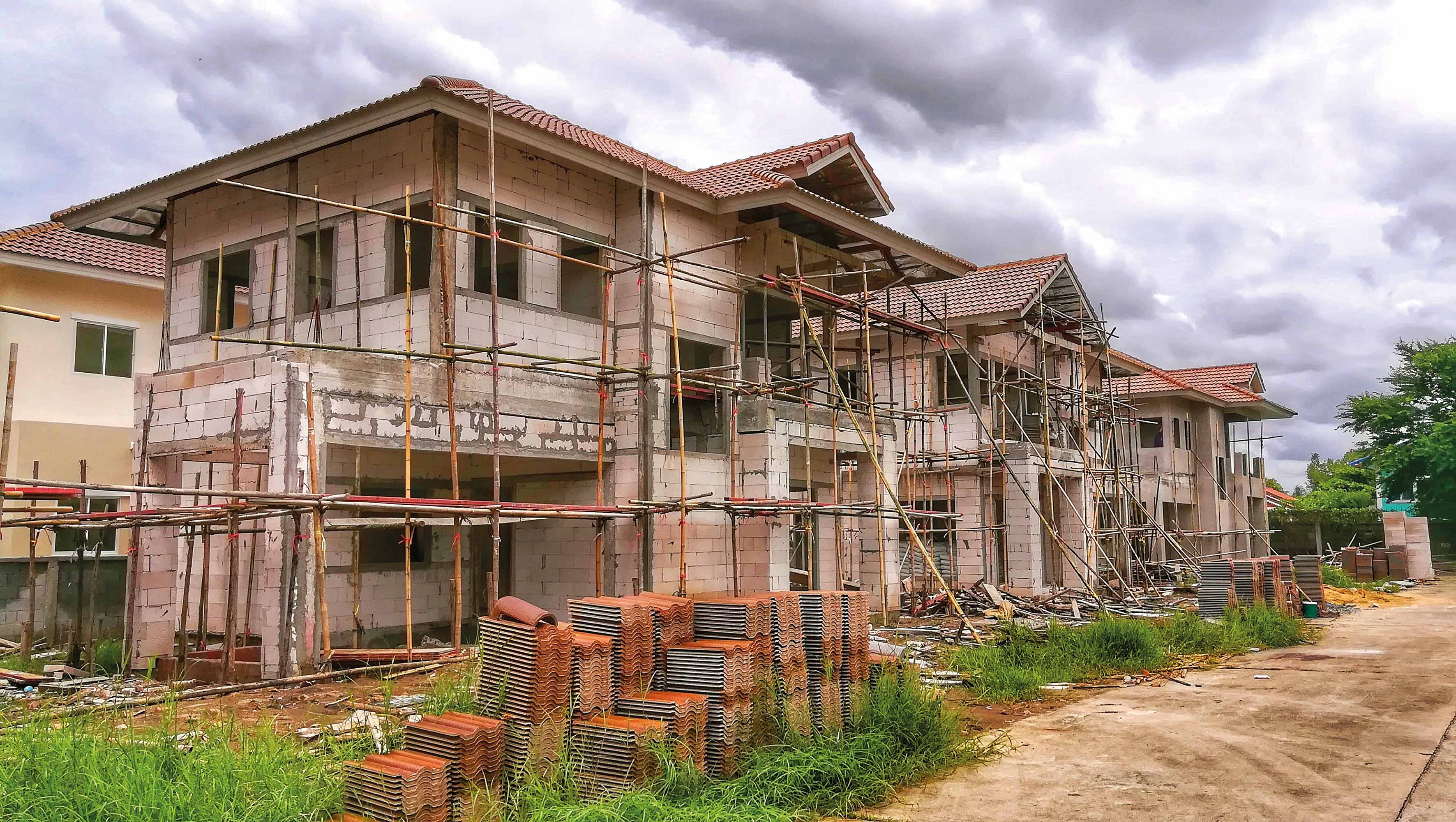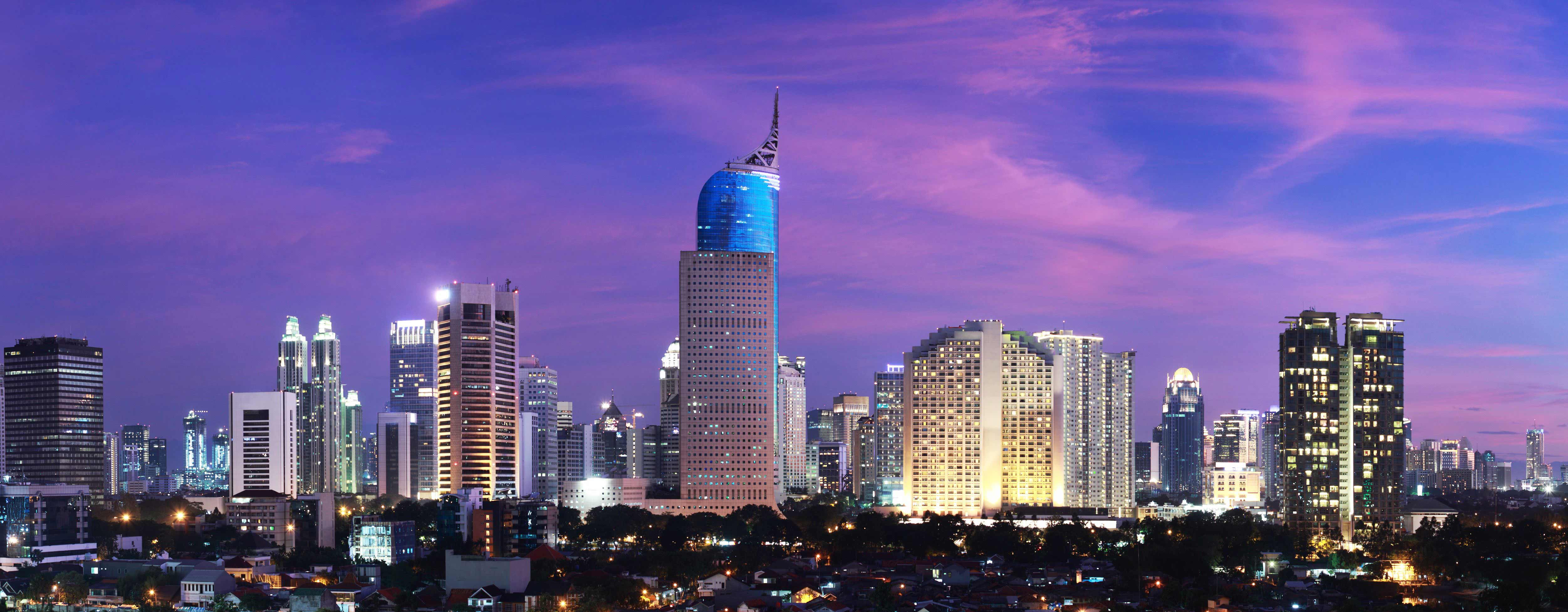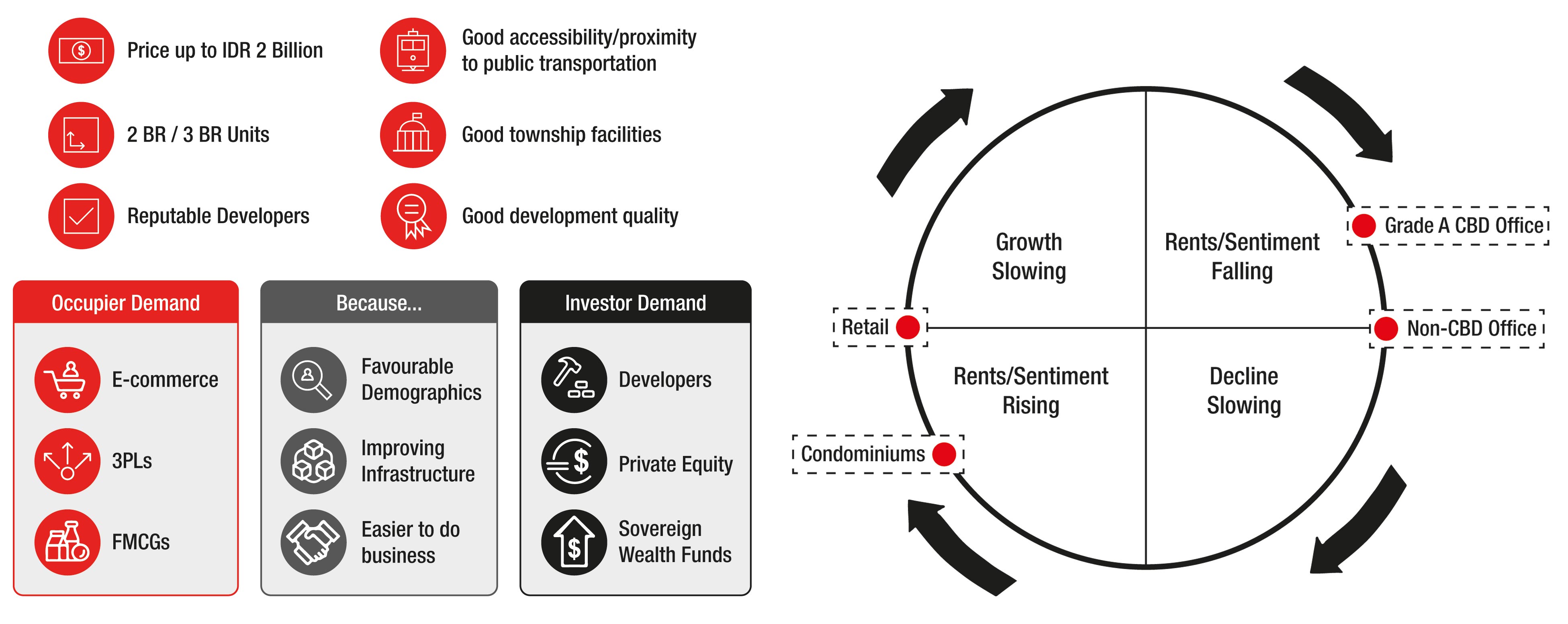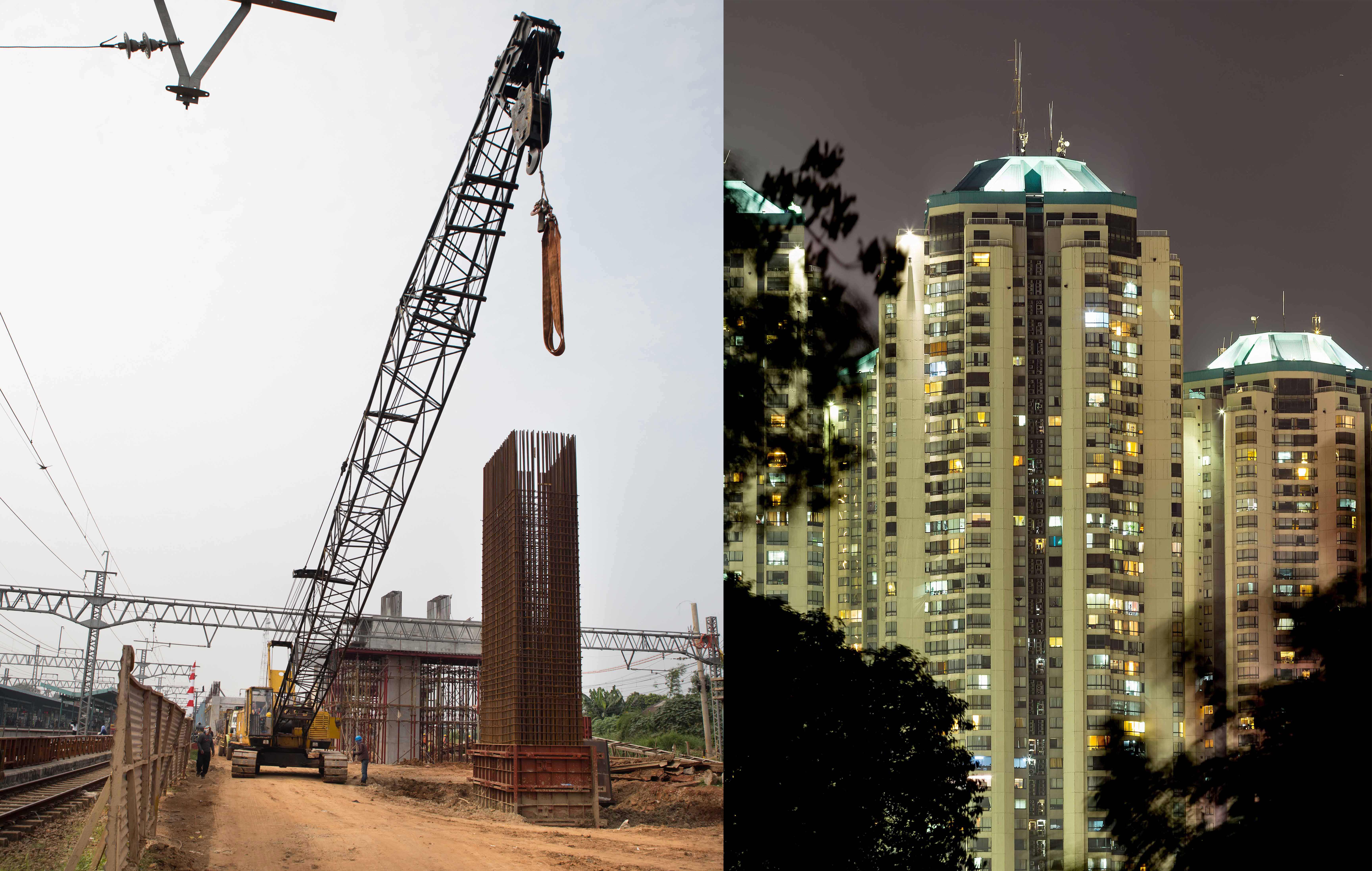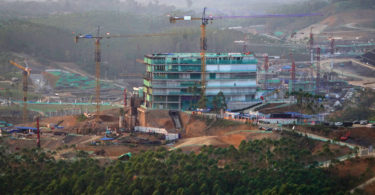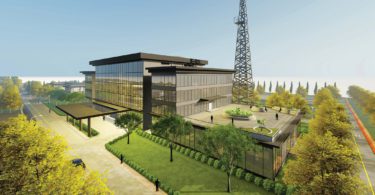The Indonesian economy has been flourishing in the past five years, thanks to huge investments in infrastructure, energy and residential projects. What does the next stage of the cycle hold for the country’s property development and construction sectors?
In general, how would you describe the property and construction development scene in Indonesia over the past five years?
Property and construction development has grown tremendously over the past five years. We saw construction and development progress significantly, creating a new landscape in Jakarta and other parts of Indonesia.
Between 2011 and 2014, the market response was very positive as demand was healthy, supported by new supply. Consumers enjoyed a variety of product, according to their needs and budget.
How does Indonesia compare with other countries in Asia, especially in Southeast Asia?
Based on macroeconomics, Indonesia is the largest economy in Southeast Asia. Its gross domestic product (GDP) growth from 2010 to 2015 is the third highest in Southeast Asia, after Philippines and Vietnam. Typically, GDP growth is an indicator of development activity, as it highly affects the property market. Indonesia’s status as the fourth most populous country in the world also makes it unique within the region, and developers are attracted by the scale that Indonesia offers.
According to Jones Lang LaSalle (JLL) Indonesia’s analysis, what are the factors that will most affect Indonesia’s property and construction development in 2017?
When we discuss the property industry, we need to understand the property sectors: residential, commercial and industrial sector. Each sector would have a subsector, for example, the residential sector includes landed residential and high-rise residential or commonly known as apartments. The commercial sector covers office, hotel and retail center, and the subsector of industrial includes industrial estates as well as logistics. Each subsector is influenced by different factors. Apart from the subsectors geographical factor also influences the property market.
Similar to other types of industries, the general market condition is influenced by the supply and demand situation. Other factors that affects the property industry include macroeconomic conditions, government policies and regulation, and infrastructure developments. For example, macroeconomic conditions such as GDP growth, investment approvals and ease of doing business factors will affect the office and industrial markets, whilst population growth, household income growth and interest rates significantly affects the residential market. In 2017, the softening of the property market is mainly caused by the macroeconomic condition.
Which property subsectors are facing slowdown or growth in 2016–2017?
The office and high rise residential sectors, particularly in Jakarta, has faced challenges since 2015, due to the macro economic situation as well as supply level. We saw absorption level in the office sector started to improve this year, but not enough to match the supply entering the market, creating a high level of competition in this sector. The high-rise residential market saw a shift in the market segmentation as the upper market segment is facing a slow period. Developers are now shifting their target market to the middle and lower segment.
The logistics sector has become a very active subsector and experienced a growth period starting 2016 due to the growth of the e-commerce industry as well as improvements to infrastructure and the implementation of some business-friendly policies.
What sort of effect does the macro and microeconomic factors have on property and construction in Indonesia in 2017?
The macro and microeconomic factors have a significant effect on property development and construction. For example, the drop in oil and commodity prices has heavily affected the office sector in Jakarta, causing slow absortion rates and falling occupancy levels in some buildings. Tenants from this industry have reduced, consolidated or even shut down their offices.
On the other hand, the tech sector, including e-commerce, fintech, online gaming and travel booking websites, has become the new demand generator for offices and the logistics sector. So, we are seeing new emerging sectors filling some of the space left by oil, gas and mining firms.
Another example would be the lowering of interest rates by the Central Bank, which has moved the residential market, particularly in the middle market where buyers are still dependent on bank financing.
Lately, the Indonesian government has been focusing on the infrastructure sector. Does this affect non-infrastructure property and construction growth in Indonesia?
Infrastructure is a key element in property development. Ease of access and connectivity play a major role towards the marketability of a project. It has been the driver of price growth in the property industry. In the past, toll roads, airports and seaports have had a positive impact on industrial estates, logistic centres and township developments. With the development of the mass rapid transit (MRT), light rail transit (LRT) as well as commuter lines, developers are looking into transit-oriented developments. This new mixed-use development concept, which used to be predominantly in the central business district, will now potentially become a trend in the suburban areas as well create new growth centres.
Is Greater Jakarta still an essential element of the property and construction sector in Indonesia?
Yes, Greater Jakarta is still an essential element of the property and construction sectors. Jakarta as the center of business and commercial activities is largely supported by developments in Greater Jakarta. In addition, the significant land price increases within Jakarta has caused developers as well as consumers explore opportunities in the Greater Jakarta area. So, developments will still be concentrated in these areas in the near future.
How about property and construction development in other regions, especially in eastern Indonesia?
Other regions such as Sumatra, has had a head start in the property industry since late 90’s, such as Medan and Palembang. In the eastern regions, property developments tend to emerge in cities where the domestic product is strong, such as Balikpapan, Makassar and Manado. Balikpapan due to its oil industry in the early 2000, creating demand for industrial and commercial facilities. Whilst Makassar, more recently, being the hub for east Indonesia, with its residential and industrial developments. Large national developers have established developments in these secondary cities. Going forward, with a better infrastructure, the tourism industry in east Indonesia will potentially improve the property market, particularly in the hospitality sector.
How does JLL Indonesia foresee property and construction development in Indonesia in 2018?
The property market typically experiences a cycle within 5-7 years. We foresee that the property industry will continue to see mixed performances next year, with some slight improvement on certain subsectors of property, such as logistics and the mid-market residential. Office demand is likely to continue to improve but huge supply volumes will keep occupancy rates relatively low.
We have chosen two subsectors as the highlights moving forward. The first one is residential, where currently developers are repositioning in launching new products. The other sector to be highlighted is the logistic/modern warehouse sectors.
The property market is a unique industry with many subsectors, affected by many aspects. With a large population base, the demand for residential and commercial properties will certainly continue. Foreign investors are still expressing their interests in investing in Indonesia, indicating that the property market is still seen as a healthy investment target with strong potential. Recent investments by foreign investors are in the residential and logistics market.
With the current headwinds in the property industry, identifying the right positioning (i.e. target market and pricing strategy), new concepts, innovation, timing of the development are all key success factors.
 VIVIN HARSANTO
VIVIN HARSANTO
Head of Advisory, Regional Director JLL Indonesia
Vivin has more than 20 years of experience in various roles in the property industry. She started as an analyst in JLL in 1995, VP Property Specialist in the Indonesian Bank Restructuring Agency (IBRA/BPPN) in 1998, VP Head of Citigroup Realty Services in 2002, GM Property to Bulog in 2005 and returned to JLL in 2009 as local director head of strategic consulting. Currently she holds a position as Regional Director, Head of Advisory.
She is also a member of Research and Development DPP REI (Real Estate Indonesia), member of KEIN (Komite Ekonomi dan Industri Nasional) and sits on the supervisory board in DKI owned company, PD Sarana Jaya.

 Malaysia
Malaysia Hong Kong
Hong Kong Singapore
Singapore Tiếng Việt
Tiếng Việt ประเทศไทย
ประเทศไทย


